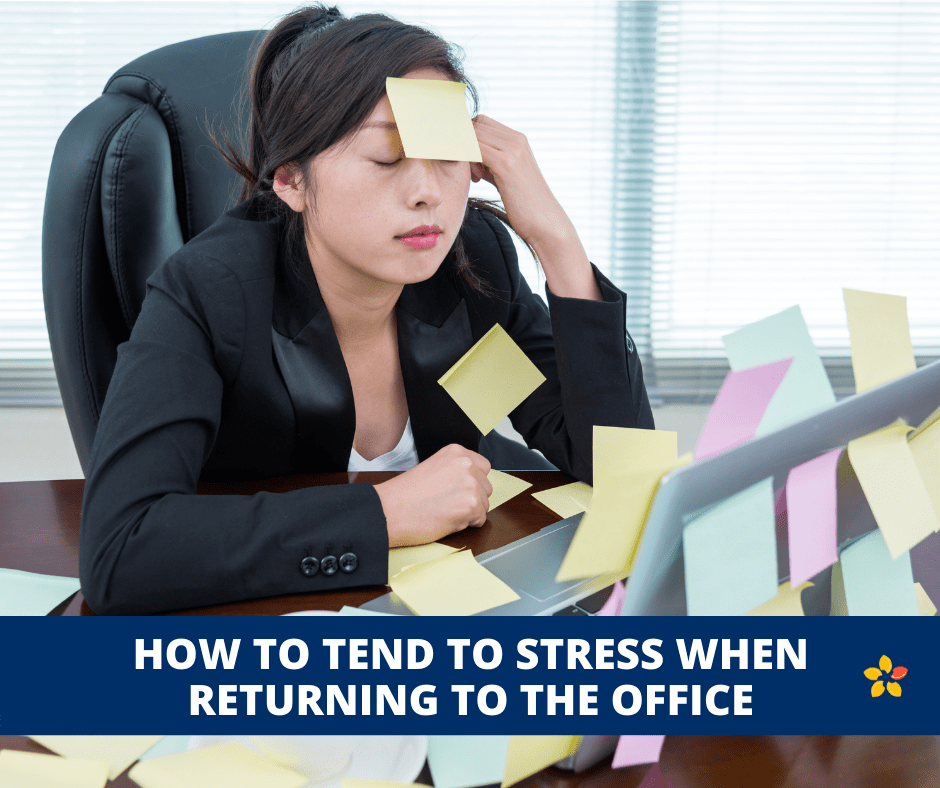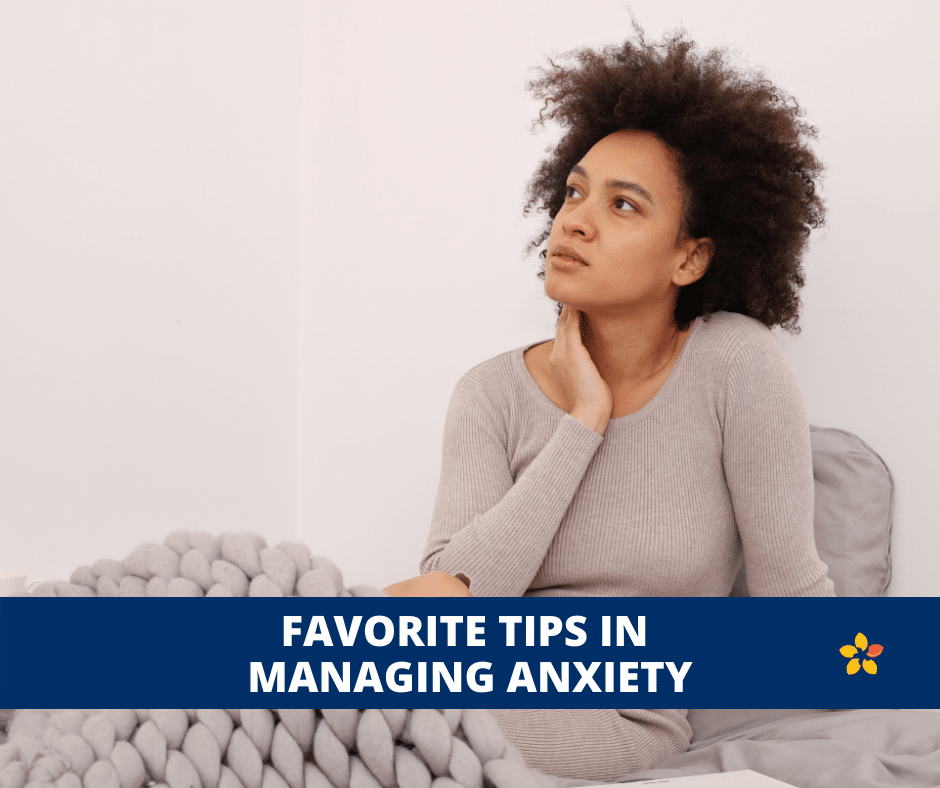It’s officially October, which can only mean a few things— a month for all things pumpkin, me wanting to wear flannel when it is still way too warm in Southern California, and Halloween season. When I think of Halloween, I think of candy and a shared social exchange where we open our doors to neighbors and community members to give them most of the candy that we would have probably eaten if not for them.
So this year is definitely different for me when I think about a COVID-19 safe Halloween. I am nervous at the idea of opening my door for those not in my pod of people and will not be participating in any sort of trick or treating festivities. However, that is my boundary. Others might not be as stringent when it comes to this age-old pastime.
When I imagine how Halloween might actually take place outside my door or any time when socializing is a possibility, I sometimes find it difficult to communicate my comfort levels– especially when it’s likely that my boundaries might not be on the same page as the other person’s.
If you also experience this discomfort, then maybe you have also thought that should be a personal conversation template for having direct discussions regarding socially gathering in the time of COVID— almost like a guide for sharing your limits with others without conflict. I know I have. Perhaps it is just the therapist in me. Either way, in an effort to quell my own nerves around Halloween and other social opportunities, I created one.
Here is a guide for how you can engage in possibly tough conversations around COVID-19 boundaries— a template for the new talk.
*Please note, I have filled in the examples, but these are just for the sake of the template. Feel free to use this structure for your own conversations, which can include more than two people. You can exchange this template via email, text, or in person, but it can be nice to have it written in case you want to revisit the boundaries with your friend, family member, partner, or community member. *
STEP 1- Expressing comfort levels:
Person one’s boundary requirements
Physical setting in which you’re most comfortable meeting: (This is where you would write either outside or inside, restaurant, park, backyard, etc.)
I would feel most comfortable if everyone who attends: (This is where you put in your requests for saying everyone should have a negative COVID test, your social distance comfort levels, your mask-wearing comfort levels, limiting to a small group of people, or whatever else might be on your list).
Person two’s boundary requirements
Physical setting in which you’re most comfortable meeting: (Person two and other subsequent people would repeat the same steps as person one)
I would feel most comfortable if everyone who attends: (Person two and other subsequent people would repeat the same steps as person one)

STEP 2- Negotiation and planning
The two (or more) people involved in discussing their boundaries, should go over their lists together of which physical setting and other steps make them most comfortable.
Ideally, the two folks will have very similar if not the same boundaries. However, if the two people spot some differences, it might be best to heed to the person who has more rigid boundaries when it comes to their safety precautions.
At the very least, work together to come to a compromise of the safest options for the two of you. That can be as easy only doing the list items or activities that match up on your templates. If you’re unable to find that compromise, then perhaps it might be time to have a separate conversation with your friend on video chat and gather in person after the pandemic lifts.

STEP 3- Get together!
Enjoy the company of your person. Now that your boundary conversation has been initiated, it can be easier to revisit it with that person. Social interaction is so important for emotional wellness, so enjoy that hard-earned playtime this Halloween!
Whether you are in costume, enjoying those snack sized bites, or just basking in the connection of a friend, I hope you enjoy this October. May it bring you health, happiness, and of course, jubilance.









